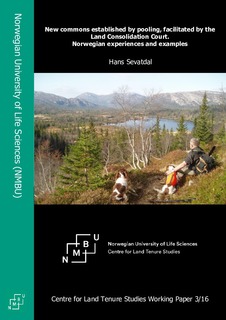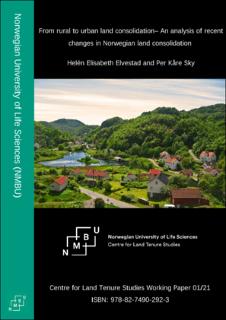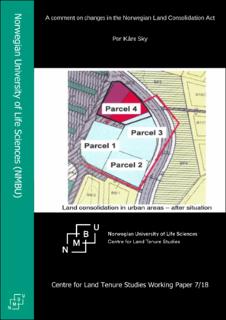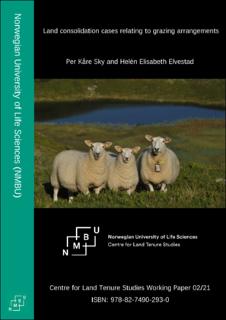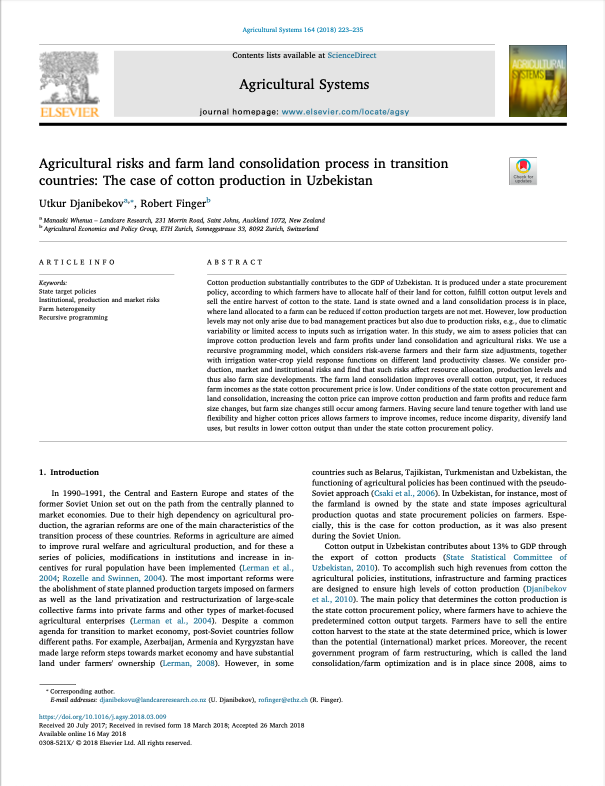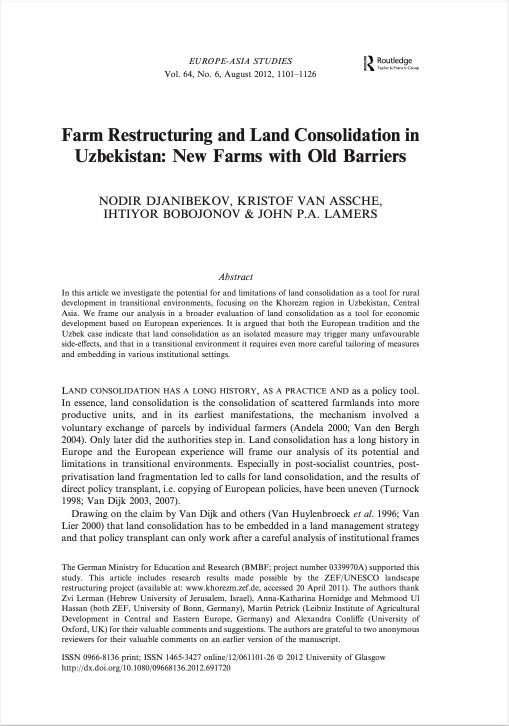New commons established by pooling, facilitated by the Land Consolidation Court : Norwegian experiences and examples
Paper presented at a Workshop at Universidad Publica de Navarra (Navarre Public University), Pamplona-Iruña (Spain), November 5-7, 2009.

